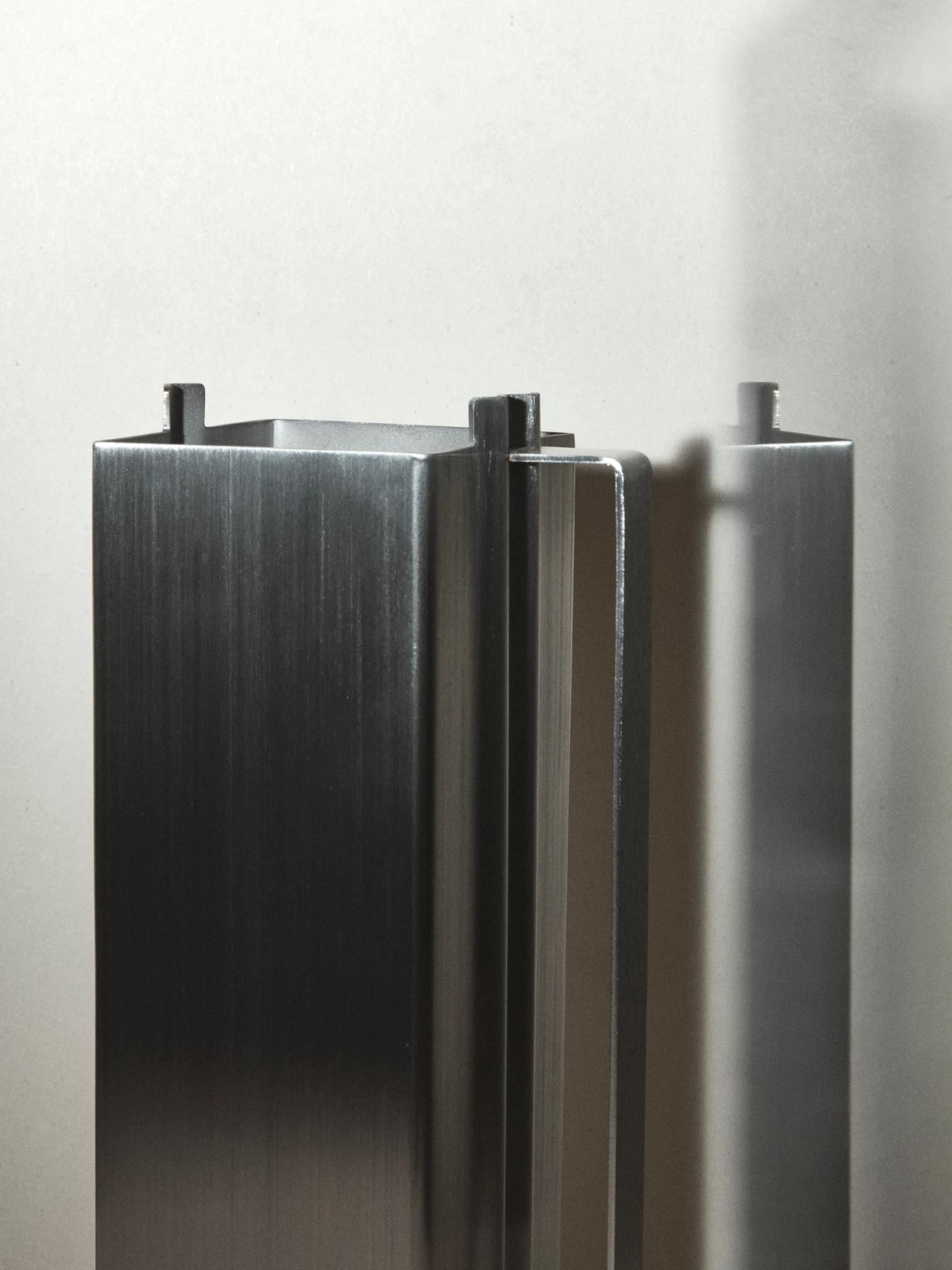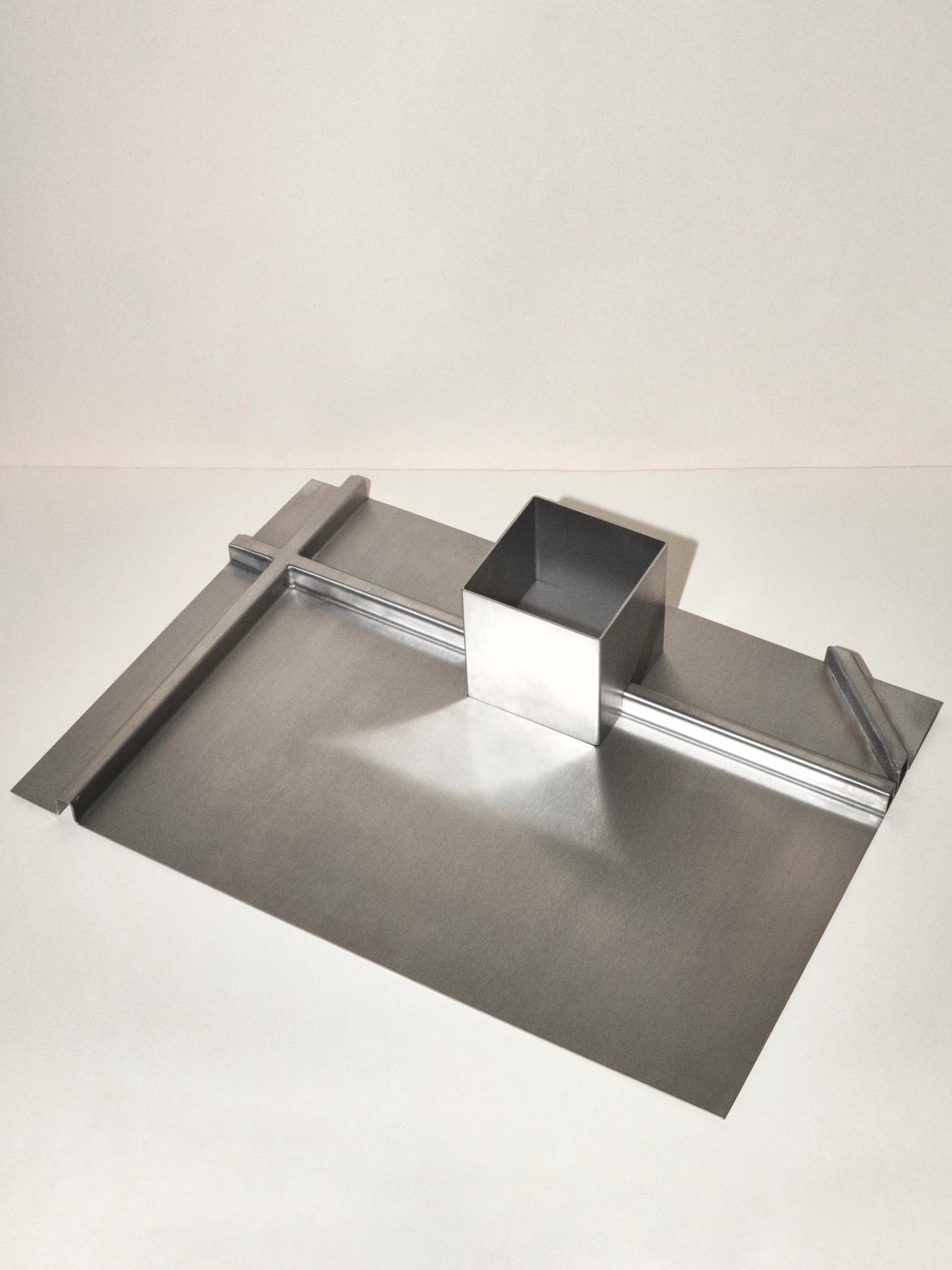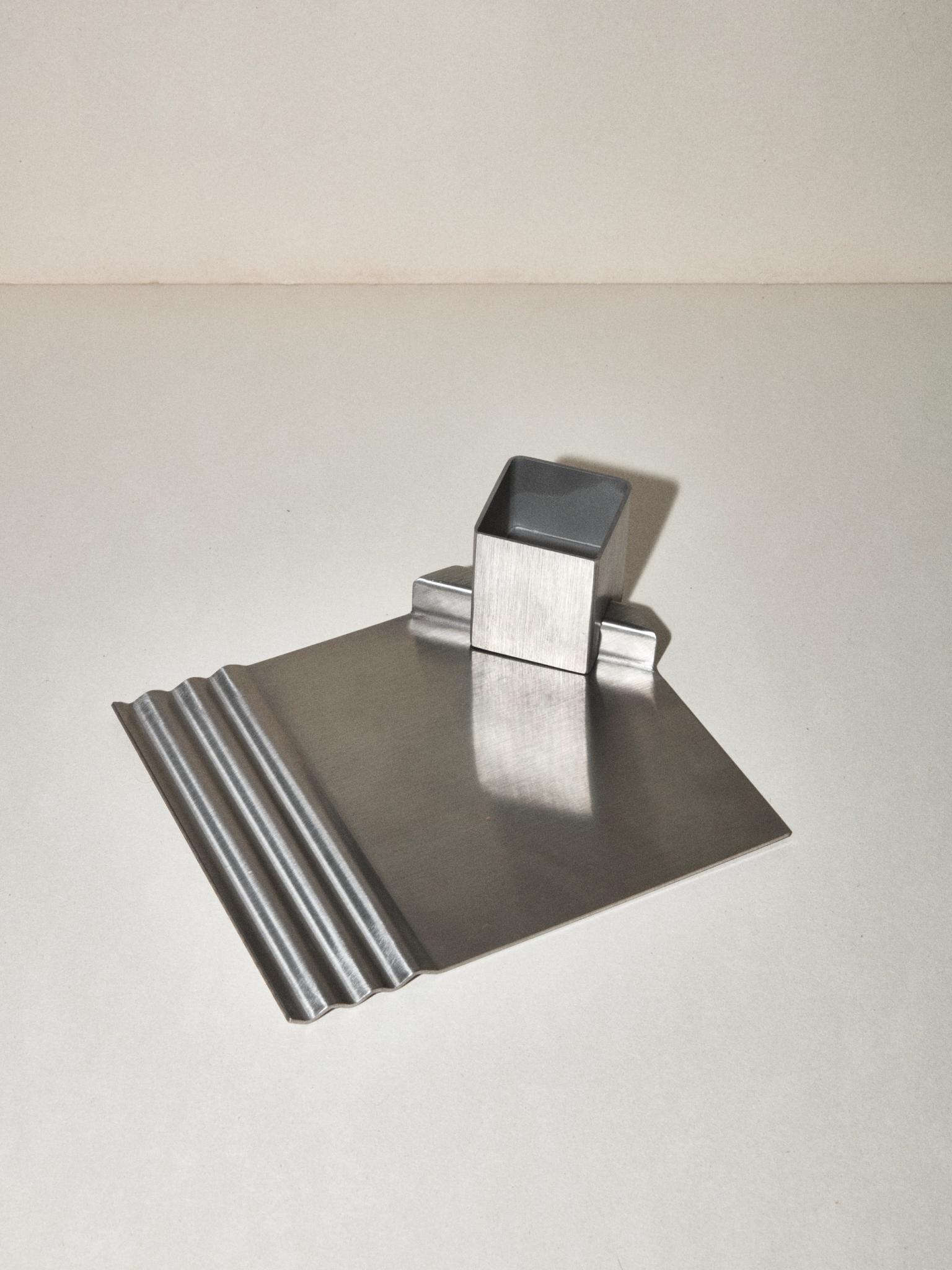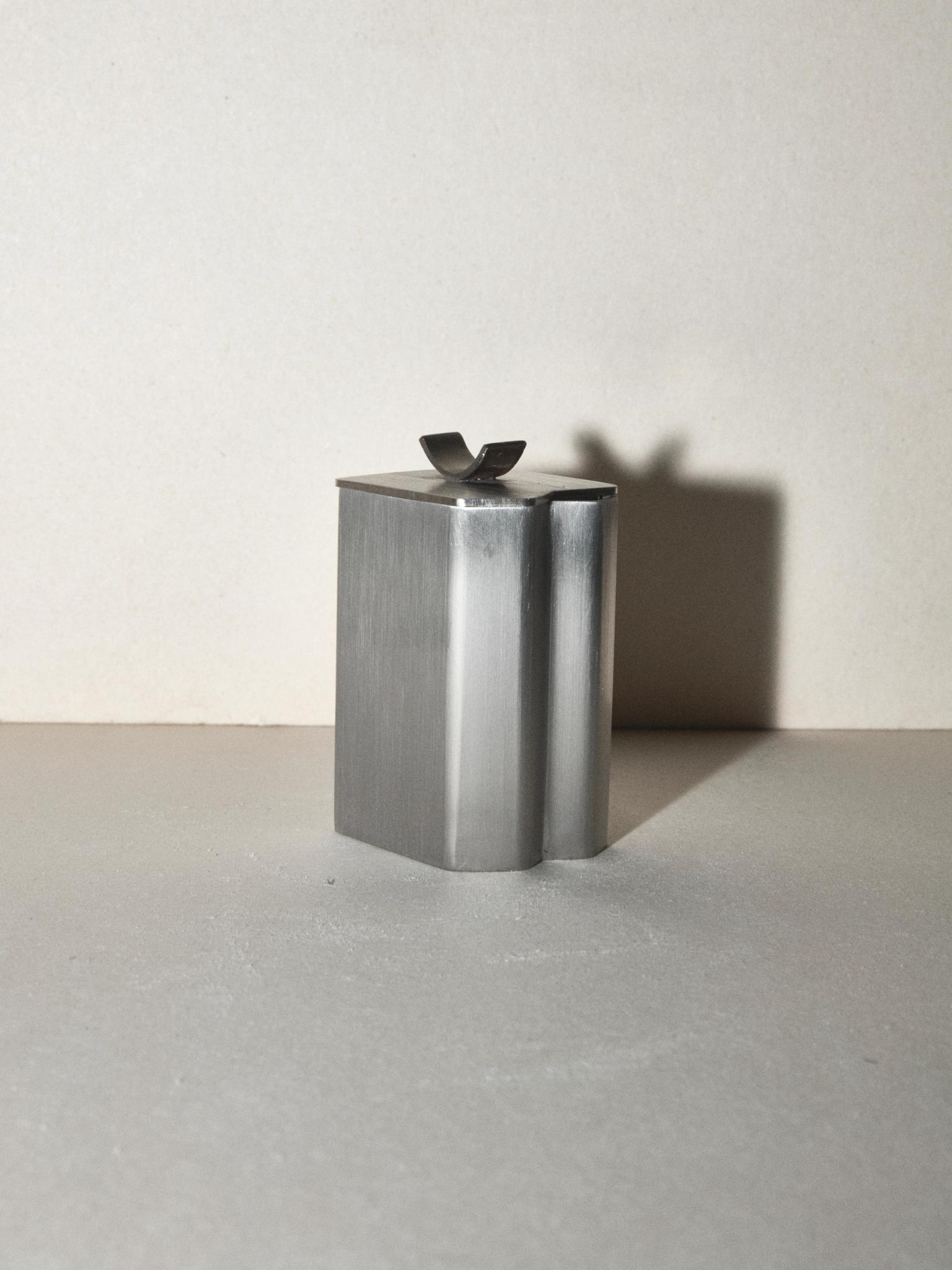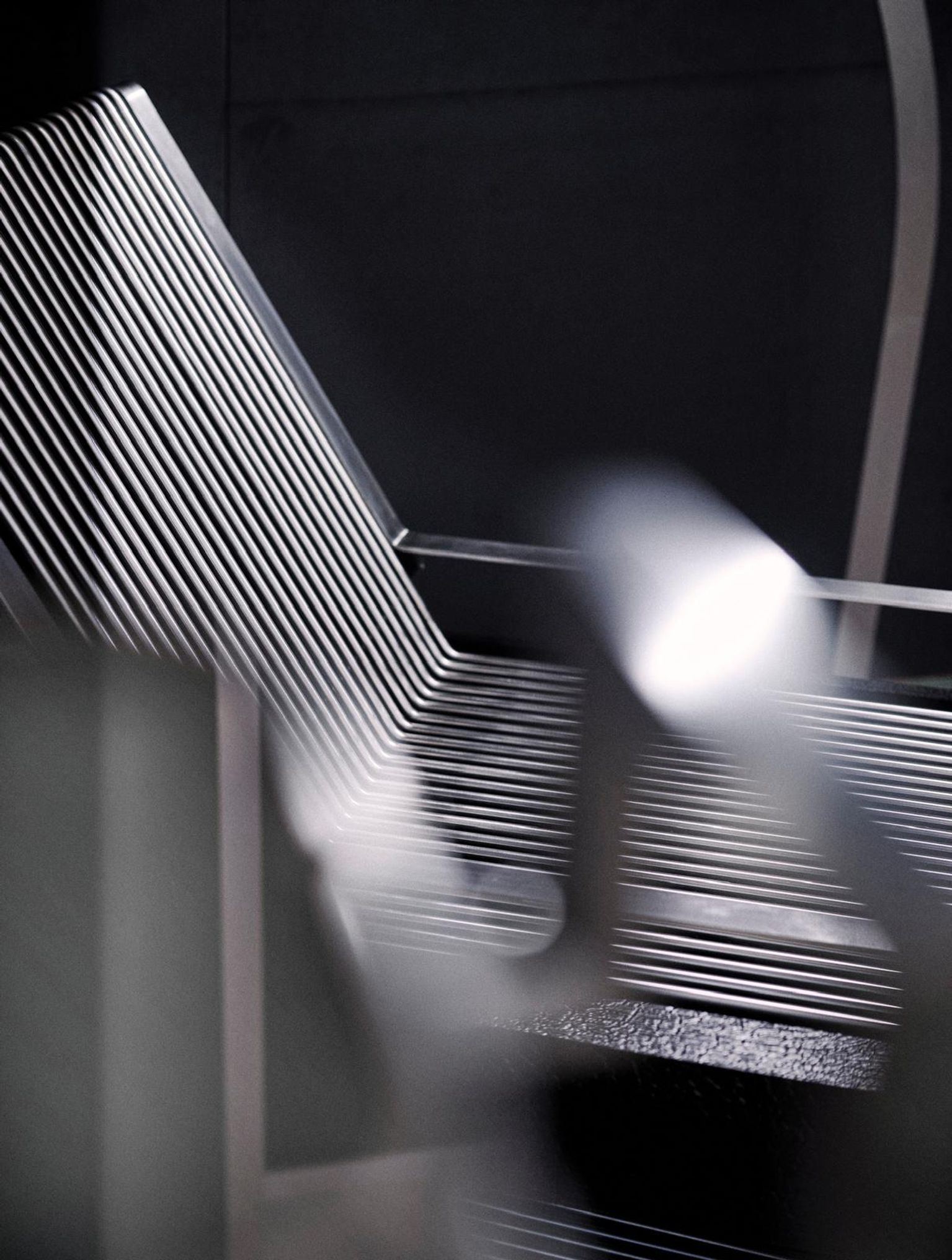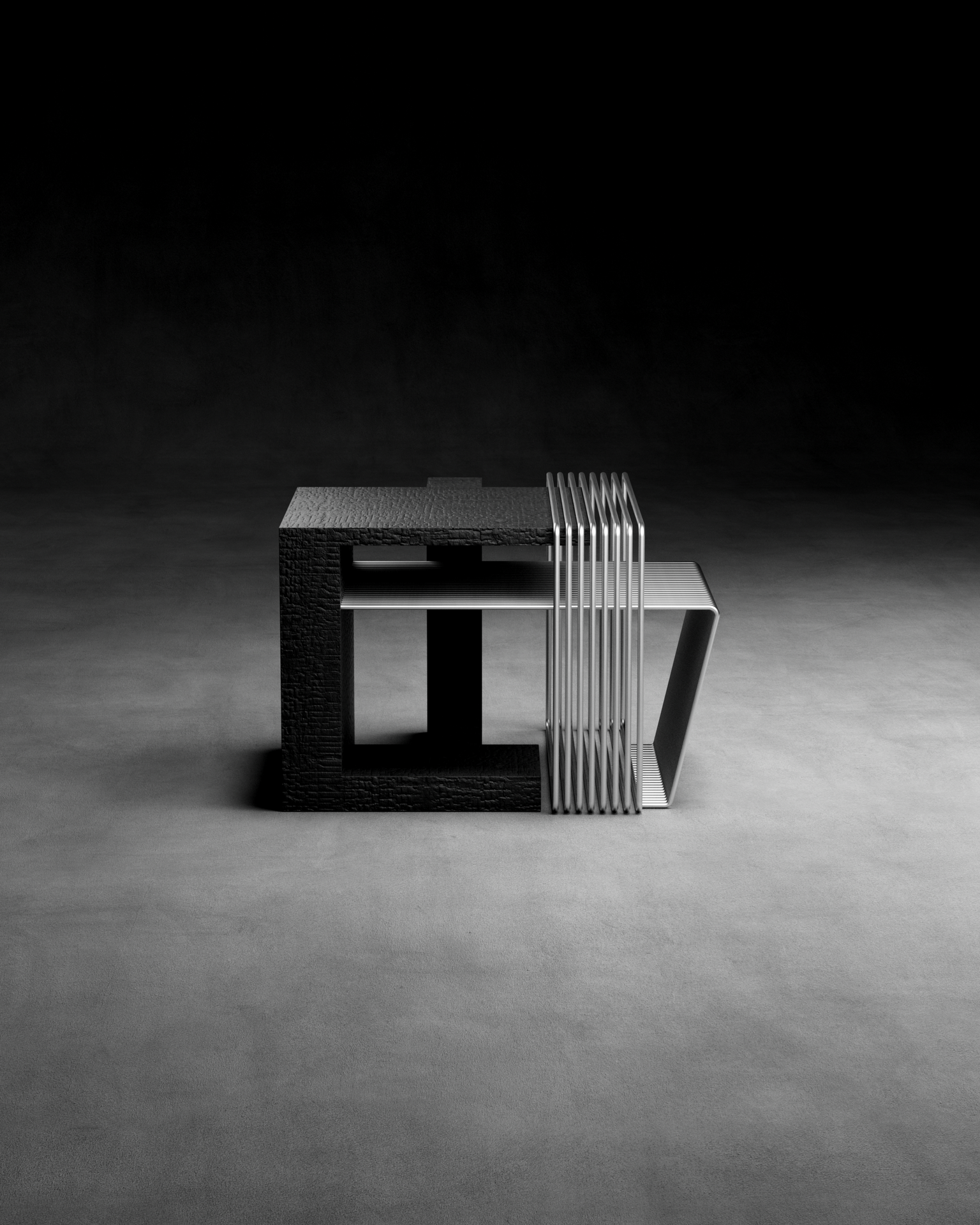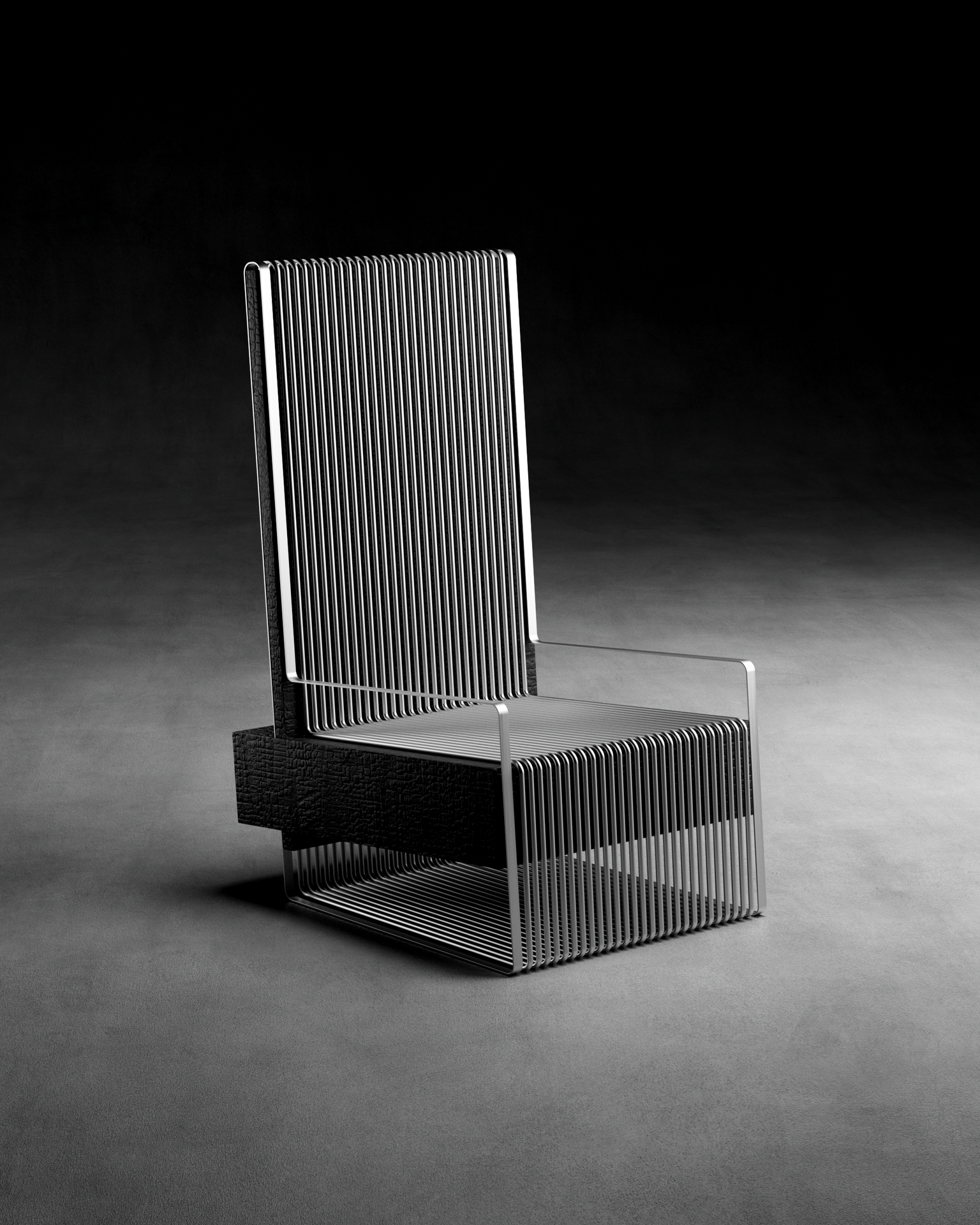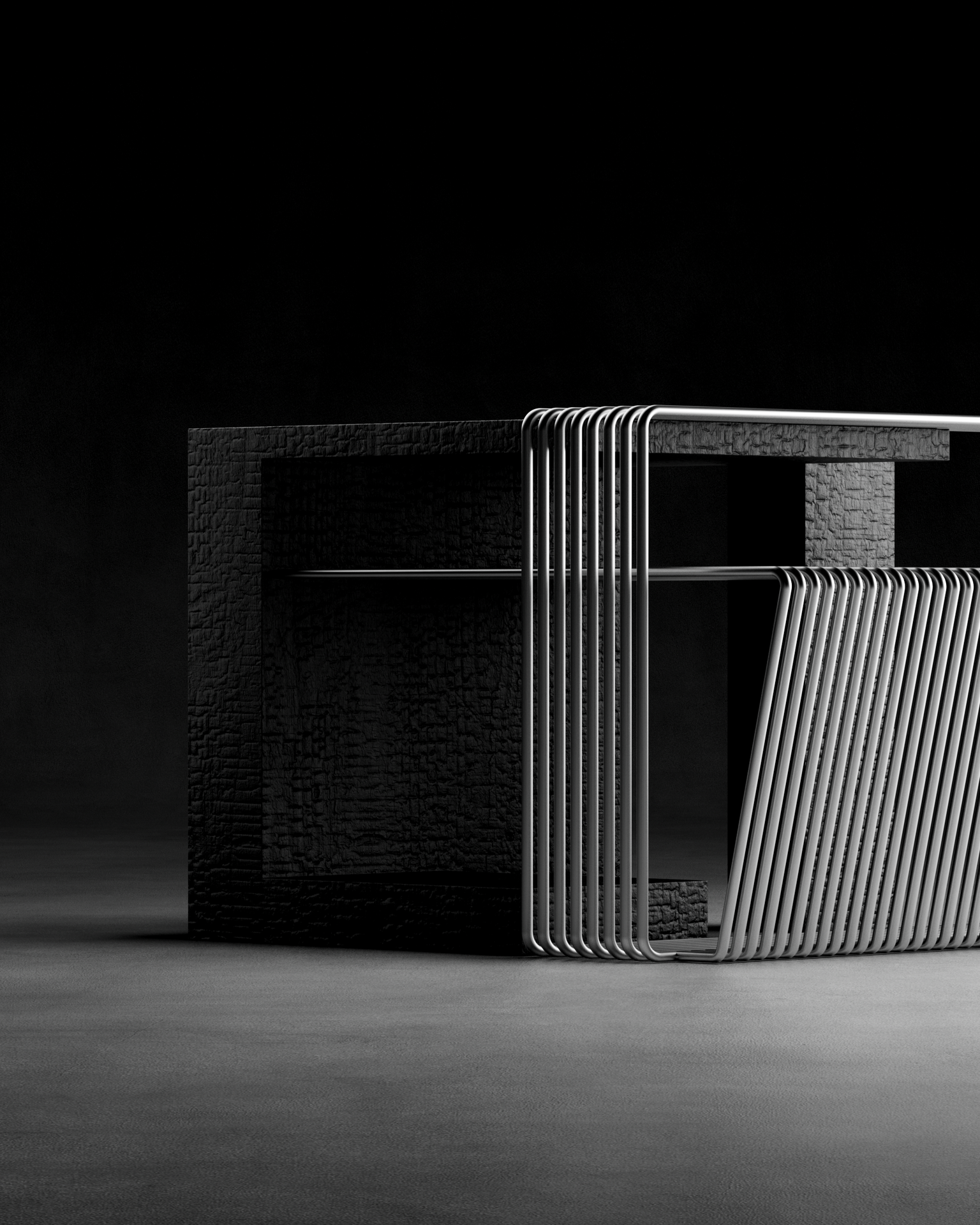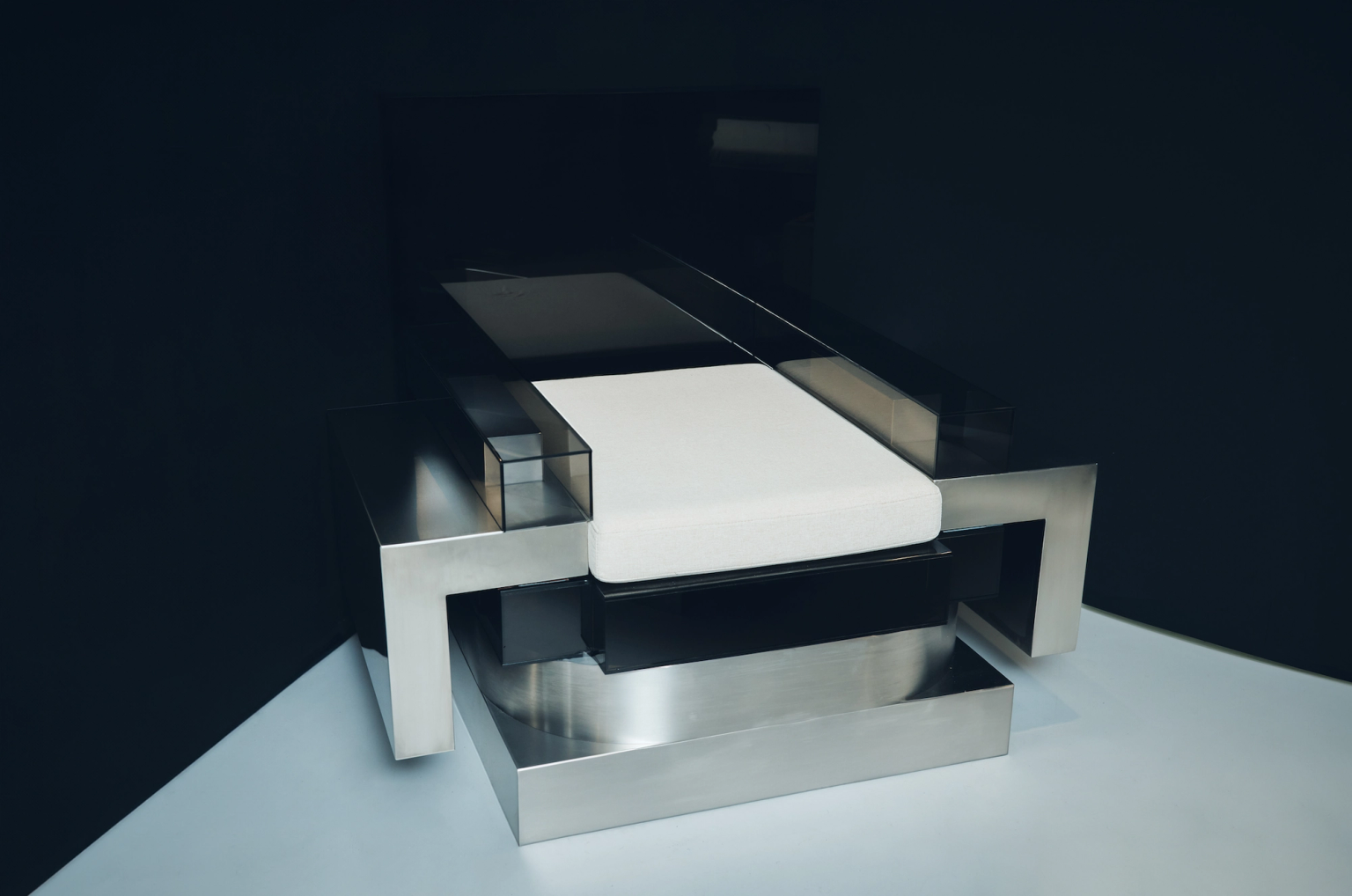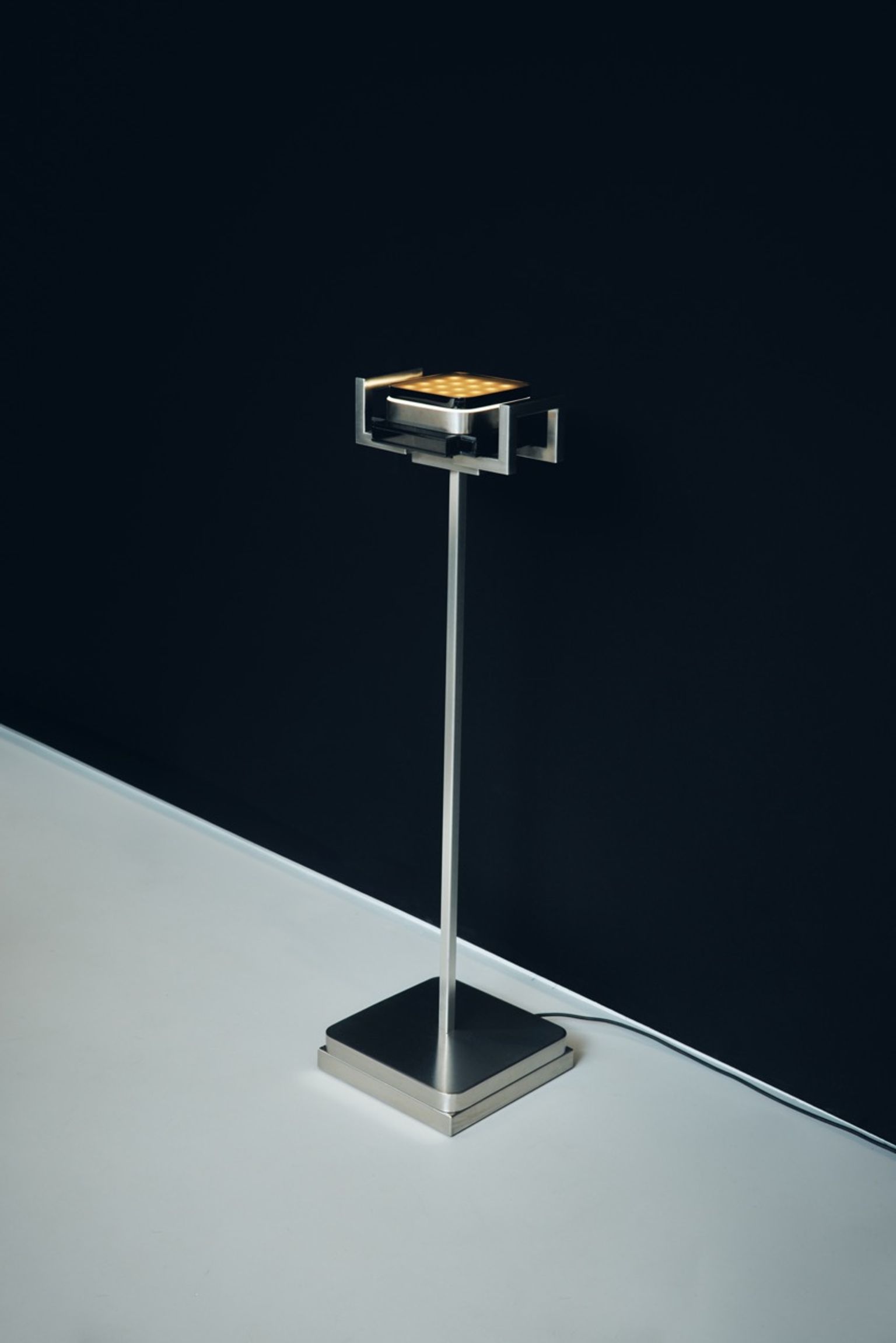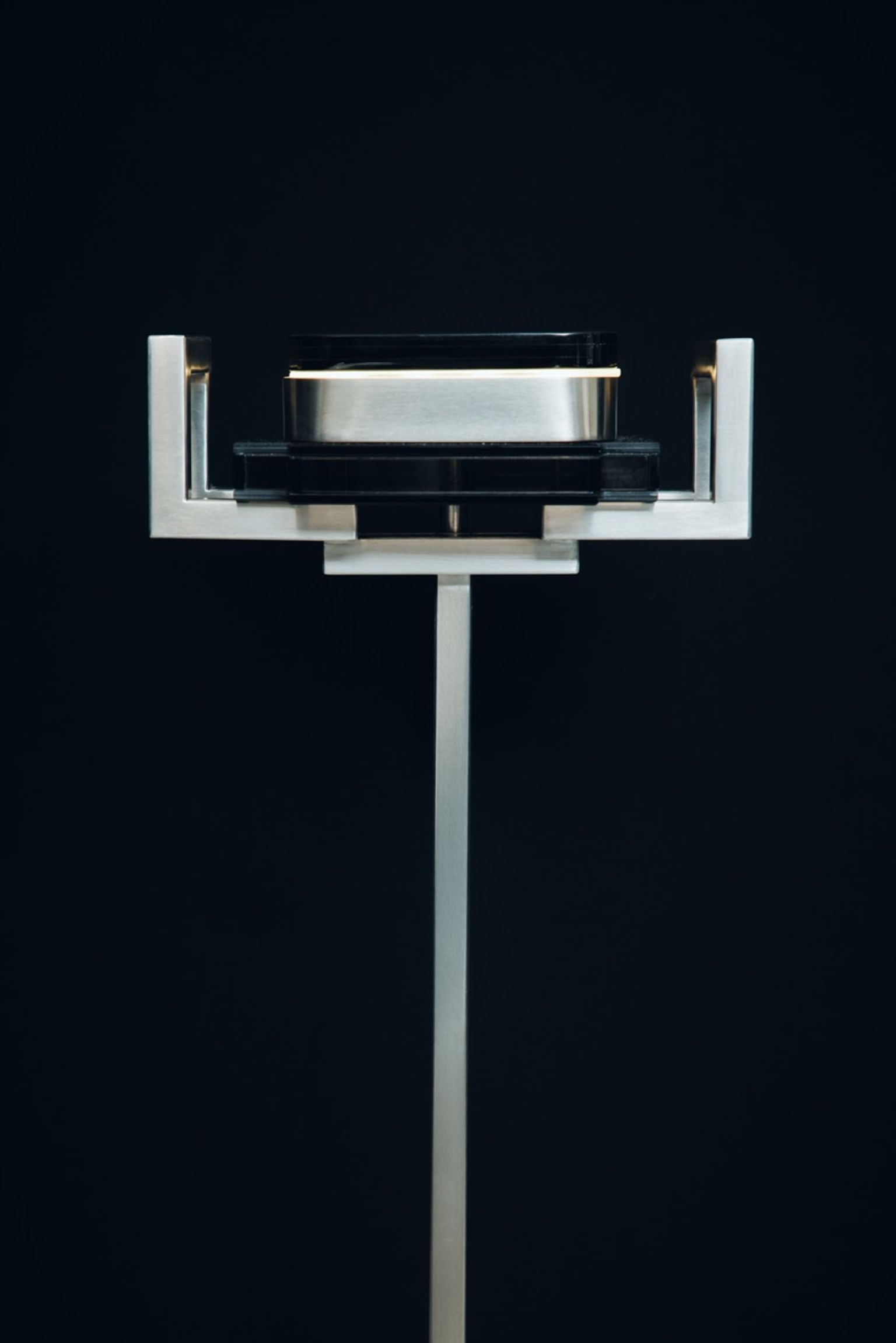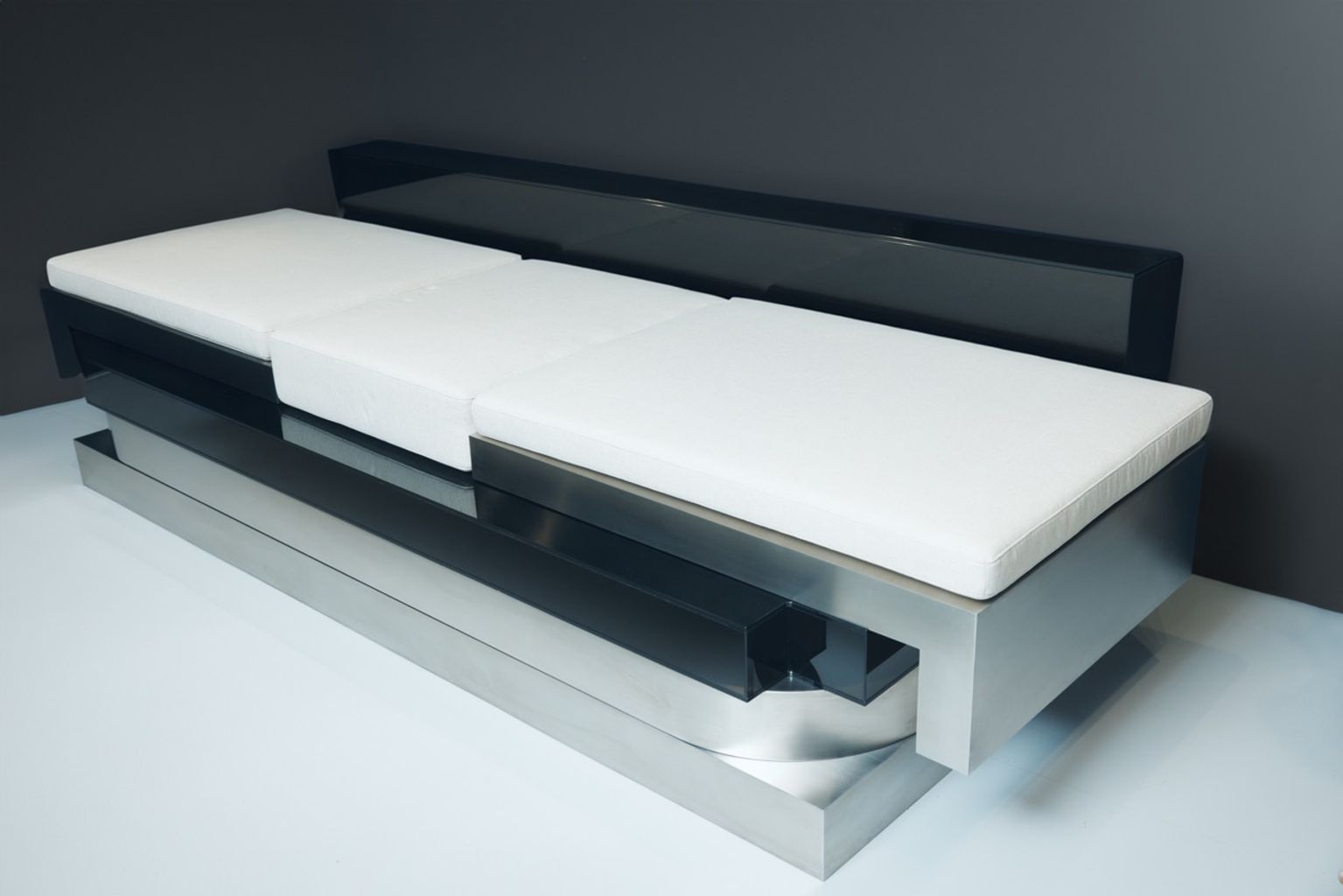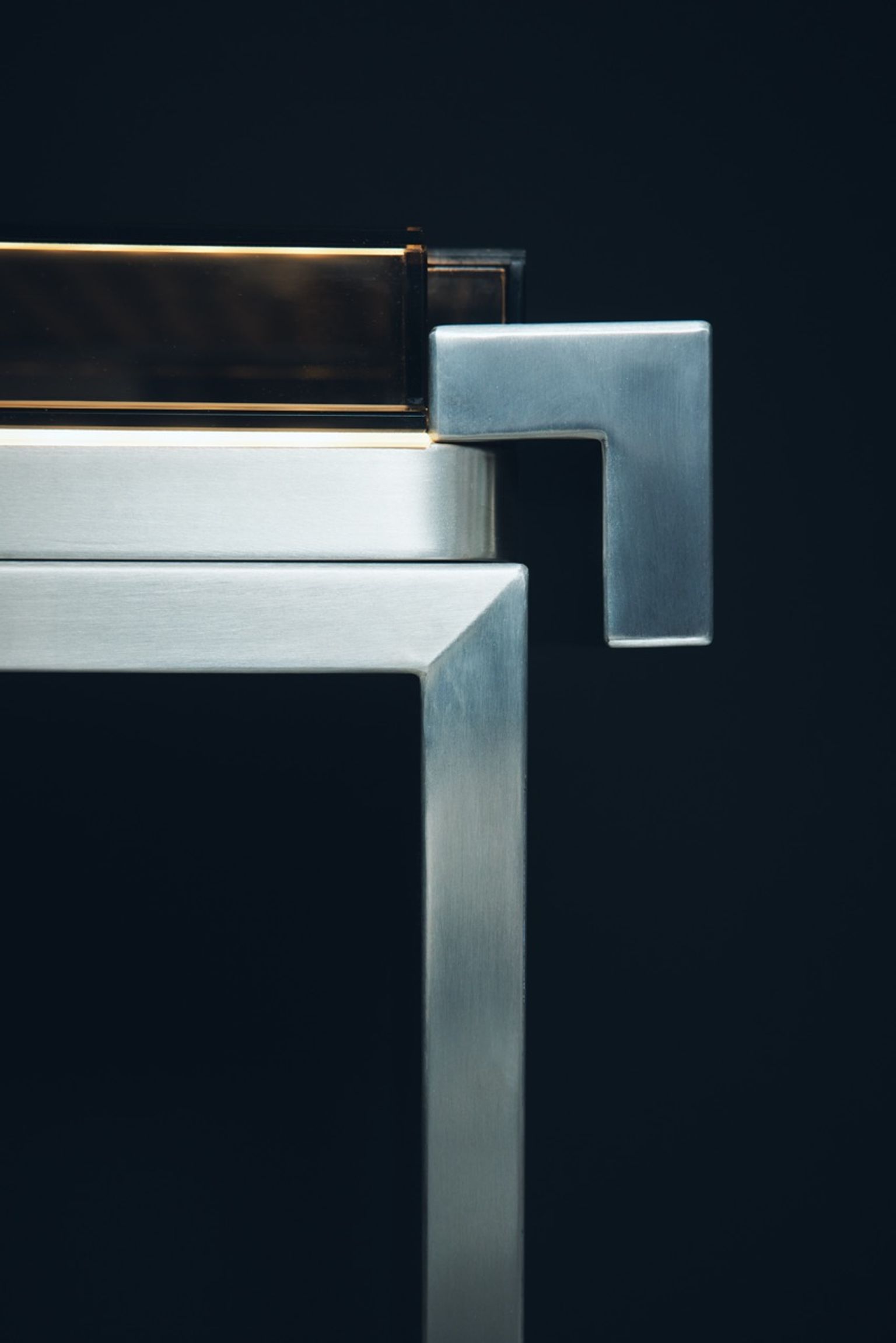
Pauline Leprince
The work of
- DesignerPauline Leprince
PETER IBSEN Based in the Marais, Leprince brings a minimalist touch to functional objects, blending process and material investigation with a poetic rigor. Her work foregrounds craftsmanship and invites tactile connection, offering a retreat into careful simplicity amid the bustle of Paris. Her atelier is a hub for both new creations and thoughtful encounters with materiality.
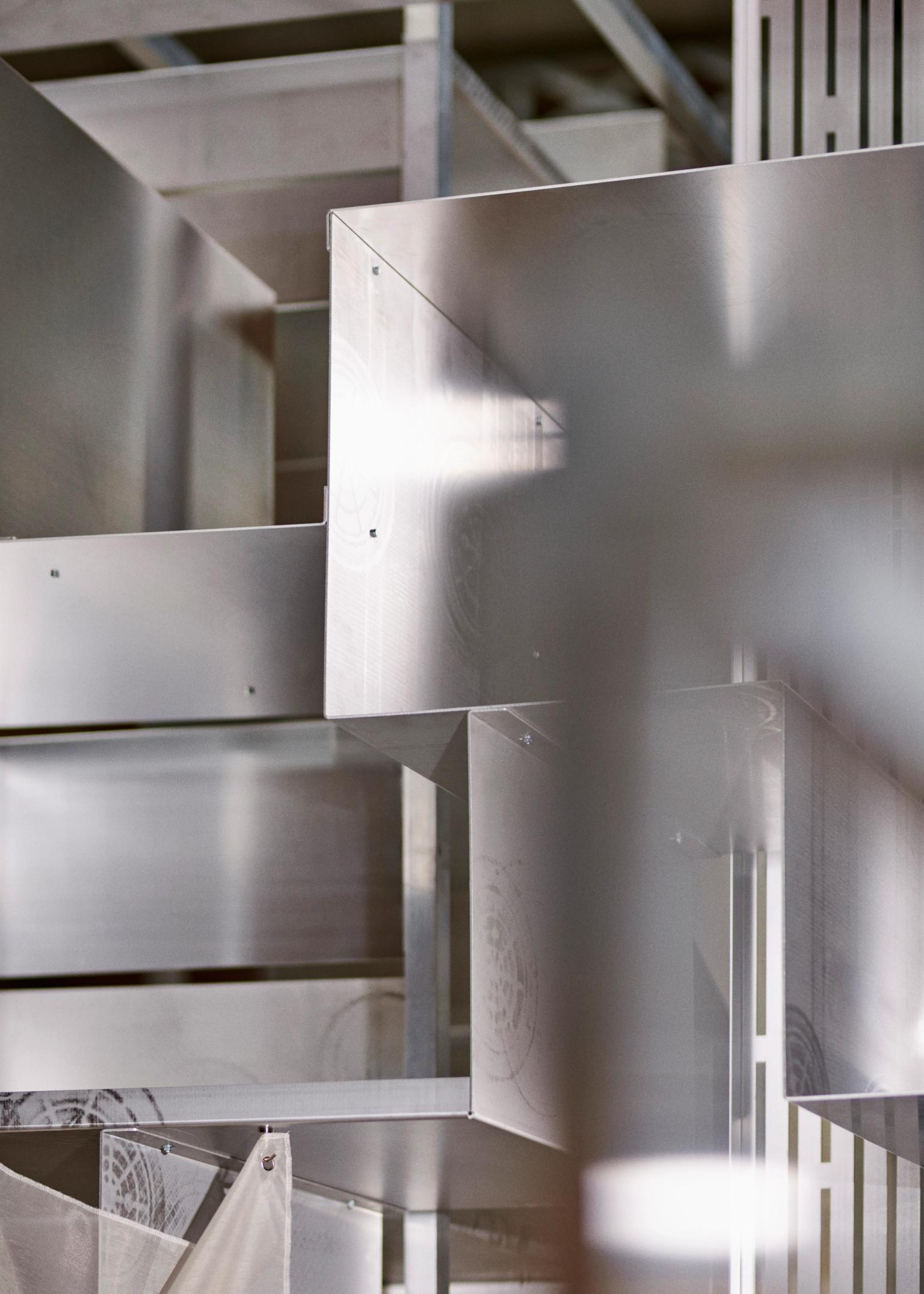
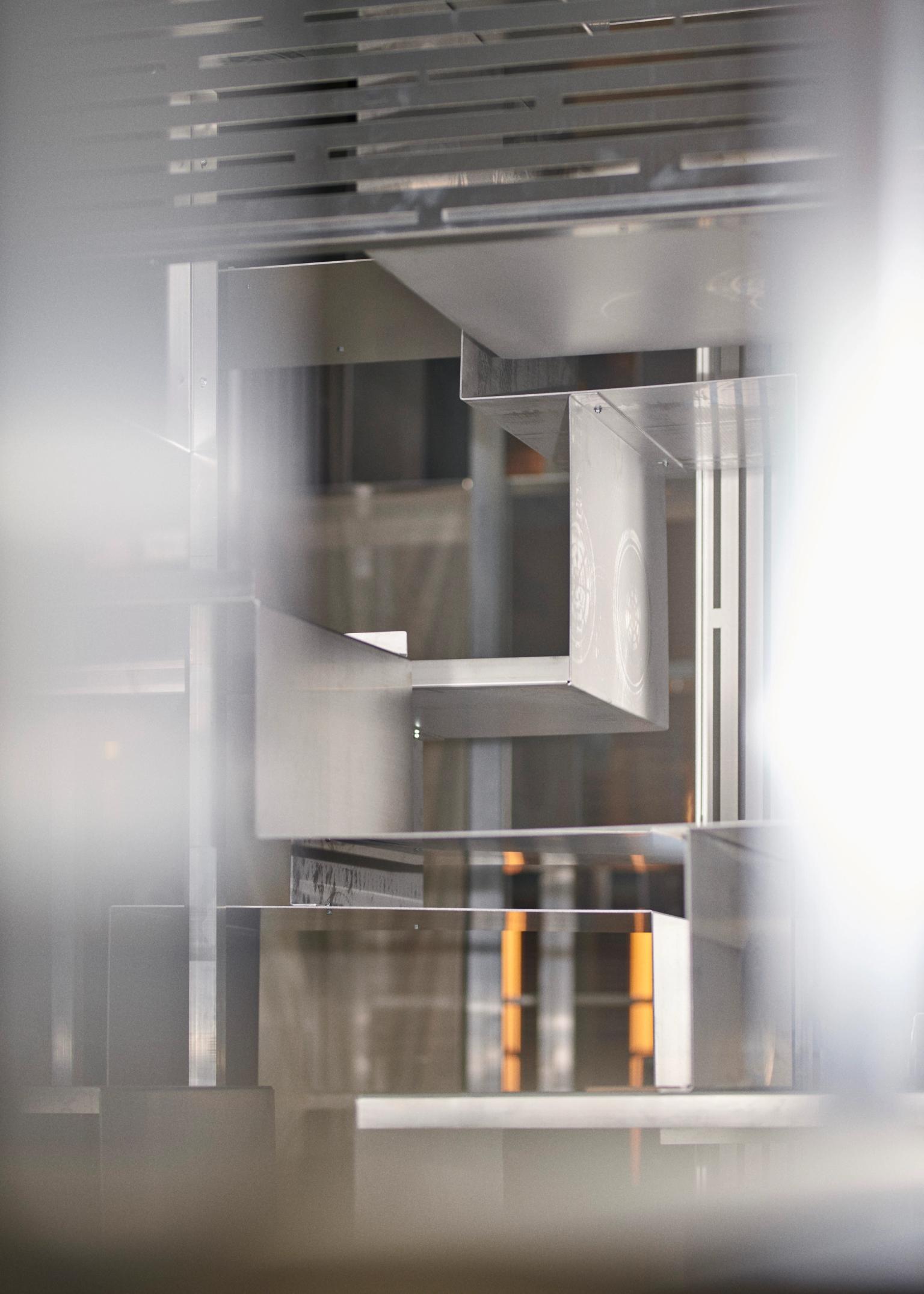
Pauline Leprince
Paris-based interior architect and designer Pauline Leprince belongs to a new generation of creators who blur the boundaries between space, object and scenography. Her path into design was anything but conventional. Before opening her studio in the Marais district, Leprince worked in film as both actress and producer, later shifting toward art direction - a background that continues to shape the cinematic quality of her interiors. Her approach carries the sensibility of someone who has long thought in terms of atmosphere, gesture and narrative rather than purely in technical lines.
Leprince’s work is defined by a refined minimalism, yet never feels cold. She sees materials as expressive characters - glass, brushed metal, walnut, polished stone - each chosen for its ability to hold light, reflect history or shift a room’s emotional temperature. Bauhaus rigor, minimalist art, and modernist clarity all inform her vocabulary, but she treats these references with freedom rather than reverence. For her, rawness is not an aesthetic but a form of memory: exposed beams, industrial remnants, and the traces of time are embraced as part of a space’s story.

Her projects often reveal a tension she cultivates deliberately: the strictness of architectural line counterbalanced with fluidity, softness, or theatrical shadow. This sensibility is vividly demonstrated in her reinterpretation of Karl Lagerfeld’s former Paris apartment, which she transformed into a retro-futuristic interior where brushed steel, modular wood forms and controlled lighting create an environment suspended between eras. The space feels like both stage and sanctuary - an example of how Leprince merges design precision with emotional resonance.
Beyond interiors, her studio develops furniture and collectible design pieces, each sharing the same architectural clarity. Chairs, tables and lighting elements become distilled expressions of her ethos: essential, sculptural, and deeply material. Whether working on a private residence or an exhibition setting, Leprince’s hand is unmistakable. She composes spaces the way a filmmaker frames scenes - with attention to rhythm, contrast, and the quiet power of what is left unsaid.
What places Pauline Leprince among the most compelling voices in contemporary French design is not merely her aesthetic, but her way of thinking. She approaches interiors as living narratives - spaces that hold traces of the past while pointing toward the future, places where material choices become emotional cues. In an age where design can feel increasingly ephemeral, her work reminds us that the most meaningful spaces are the ones that know how to remember.

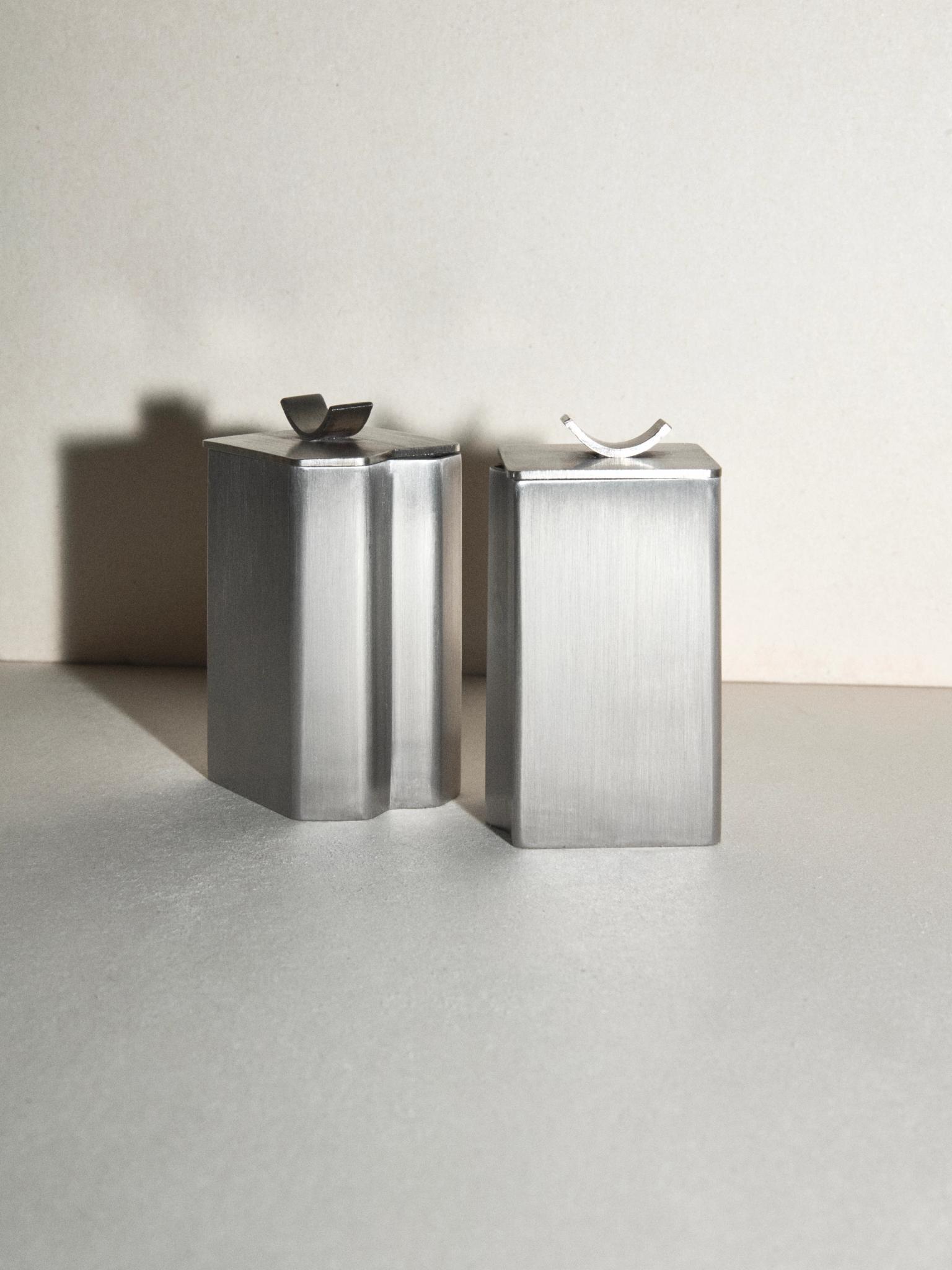
The collection Nexum
The tableware designed by the Pauline Leprince studio combines poetic elegance with innovative boldness. Sculpted in brushed stainless steel, it offers an avant-garde vision. Beyond its radical design, this service is distinguished by an ingenious sliding system that connects each piece to form a harmonious, fluid, and modular table.
Thanks to its unique modularity, each element interacts visually and tactilely with the others, weaving a network of subtle interconnections. The table unfolds like a canvas of metallic shards, offering a sensory experience where craftsmanship transforms into poetry. A work that invites contemplation and sharing, it transforms each meal into a precious and intimate moment, where art and life unite in perfect symbiosis.
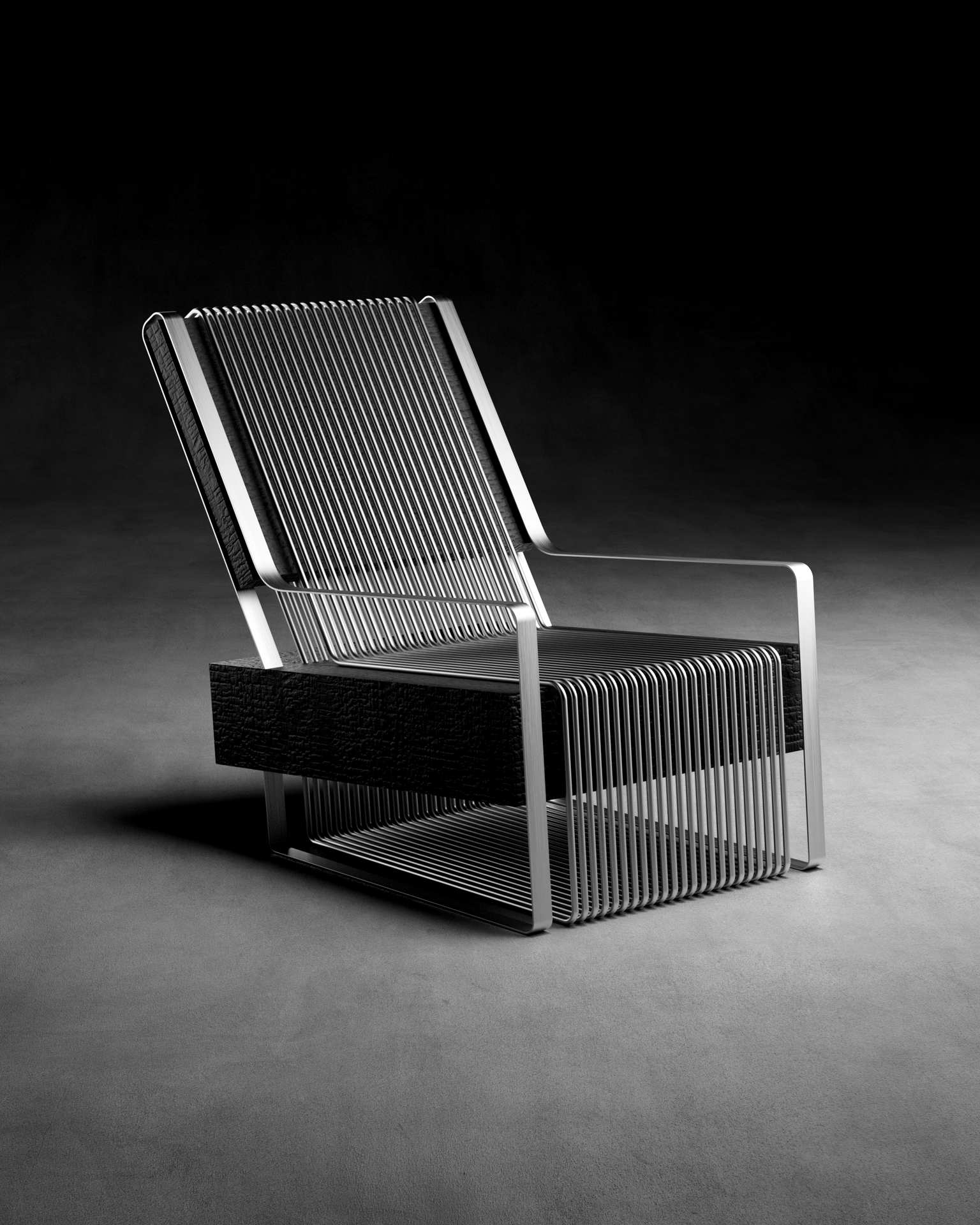
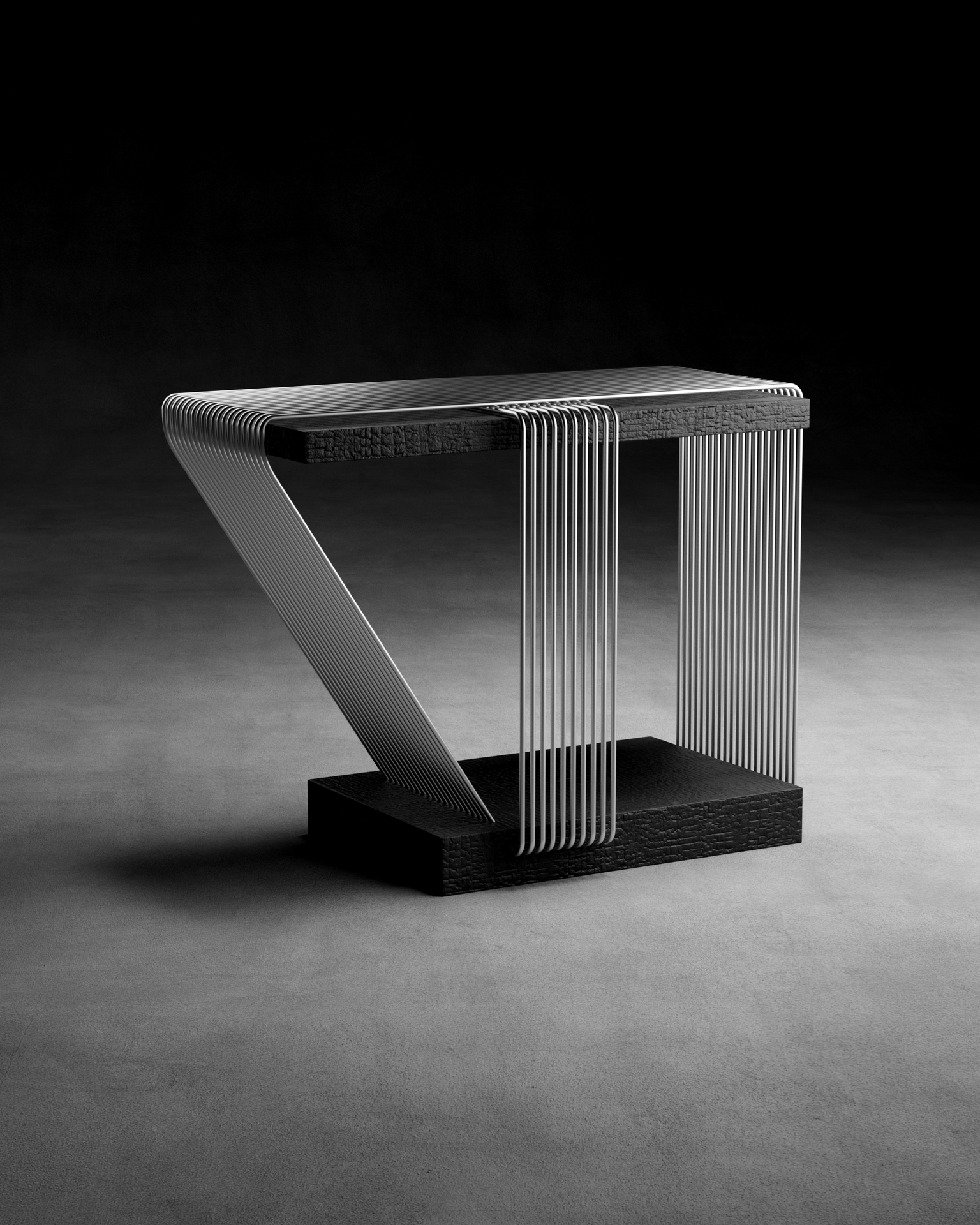
The collection l'enfermement
This collection explores the theme of captivity in various forms and from diverse perspectives through everyday objects. This series of works examines the psychological, emotional, and physical dimensions of imprisonment through our relationship to acceptance, while incorporating raw materials to enhance authenticity and impact.
This series explores the theme of captivity, focusing on our relationship to accepting isolation. The objects in the collection invite introspection, confronting the individual with their own thoughts and emotions in the face of daily use. Some pieces present a duality, evoking the possibility of freedom while highlighting the persistence of captivity.
These objects play with the idea that confinement can sometimes be self-imposed or perceived, rather than strictly physical. They evoke the tangible barriers that confine individuals, inviting us to explore and understand the complex dynamics of confinement and acceptance.
The collection prima lien
The Prima Lien collection is characterized by the collaboration of two materials in interposed sequences of volume and form, lending them the potential for a rich metaphor.
This inspiration, drawn from architectural forms, imbues each object with a destiny that resonates with the others.
Their capacity to unite and separate is implicitly linked to the relationships we experience in our society.
